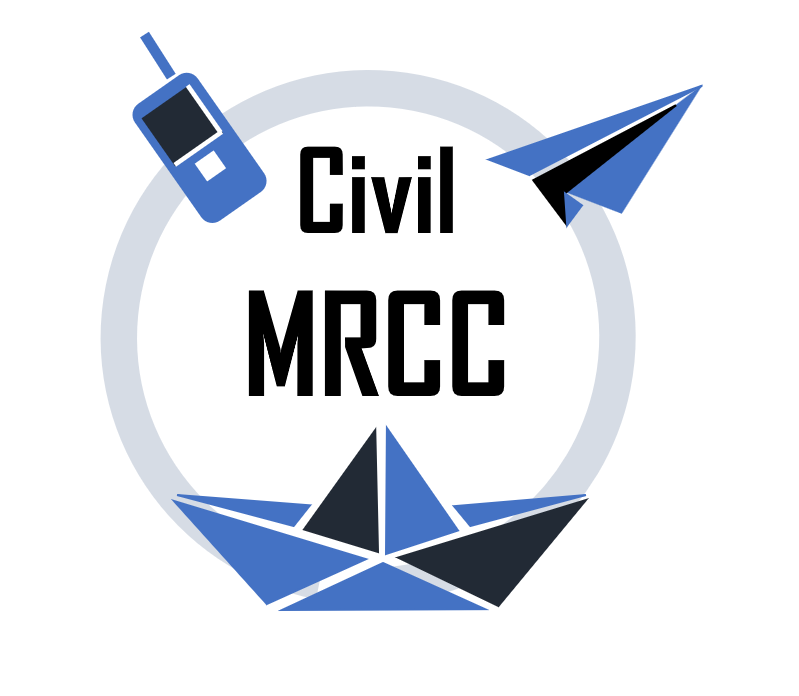Border Forensics is an agency mobilising innovative methods of spatial and visual analysis to investigate practices of border violence, wherever this violence might take place.
Can you explain firstly the approach and work of Border Forensics and the wider political frame in which you are choosing your research projects?
We are conducting visual and spatial investigations into practices of border violence. Our method is to combine different elements of established human rights work and research practices with new forms of remote sensing, data gathering and visual research, as well as trying new investigative-driven research methods. By working together with activists, non-governmental Organizations and migrant groups, our work tries to amplify the voices of those who are close to the reality of everyday border violence, with the aim of defending the dignity and rights of migrants and fostering mobility justice. Therefore, their experienced reality often becomes the starting point for our research and analysis.
We remember from last years the important work of Forensic Oceanography. Do you continue in a similar approach and with the same methods?
Whilst we obviously build upon the work that has been conducted by Forensic Oceanography over the past 10 years, Border Forensics broadens this approach to focus on different forms of border violence that take place before, at and after what we normally refer to as the border – for instance the more imperceptible, yet no less damaging, forms of harassment affecting those racialized as migrants within European cities, or forms of neocolonial extraction such as the overfishing by industrial foreign fleets along the West African coast which has contributed to the “re-opening” of the so-called Atlantic route. In these past years, through the efforts of civil society actors in the central Mediterranean, there is a stronger capacity to intervene, document and demand accountability for violations at the maritime frontier. This is obviously not the case for many other areas where border violence receives far less attention and continues to be perpetuated with impunity.

You still however keep one focus on the Mediterranean sea, and one of your projects is dedicated to Frontex air operations from Malta. Can you outline this research a bit more?
Indeed, despite all the efforts mentioned earlier, the Mediterranean border remains one of the deadliest border zones in the world. Our current investigation will focus on what we see as the latest key development in this area: the attempts of European states and agencies to create a network of almost constant aerial surveillance over the Central Mediterranean. Frontex in particular, through a series of private contractors, has been deploying a growing number of manned and unmanned surveillance aircraft that allow the agency to spot departing migrant boats close to the Libyan coast and inform the so-called Libyan Coast Guard very early on. This “invisible watchtower”, as we have started to call it, has thus become a key cog in the pullback machine: it allows EU agencies and states to continue to monitor closely what is happening at sea, without the “risk” of becoming implicated in rescue operations with their naval assets.
In this project you closely cooperate with Human Rights Watch. Do you follow a common idea of strategic litigation?
We are two independent agencies with different approaches, sizes and mandates, but we think that these differences can strengthen us mutually in collaboration and we have worked with them already in the past in a very productive way. As for strategic litigation, this is not part of Human Rights Watch’s mandate and is not therefore an objective of this joint project. This said, we as Border Forensics understand this as only a first phase of a larger project on aerial surveillance, and thus we do hope that further down the line there will be chances to use some of the findings of our investigations as materials for legal initiatives targeting the role played by aerial surveillance in the pullback machine.
In which way or ways do you see the best chance to intervene against or even to try to stop Frontex’s role in the push and pull back regime in the central Mediterranean?
With this investigation we seek to tie back aerial surveillance to the responsibilities of EU agencies and states to rescue migrants at sea, denouncing the practices that lead to deaths at sea and pullbacks to the horrible detention conditions which migrants face in Libya. In this way, we seek to contribute to the ongoing efforts by the many actors that are trying to oppose this status quo both on land and at sea, from the incredible protests by refugees in Libya to the Civil Fleet. As for previous projects, we hope that our investigation will contribute to this collective effort not only by revealing new aspects of European agencies’ roles, but also, as it has been the case in the past, towards the development of new methods and tools of documentation and struggle.

Border Forensics, Preliminary analysis of Frontex aerial tracks (work in progress)
Website: https://www.borderforensics.org/




